[ad_1]
For those who’re coping with a camellia downside, it in all probability received’t aid you to know that camellias are typically untroubled by pests.
However take that as comfort should you do have unwelcome guests – you’ll possible be capable to troubleshoot the trigger and return your plant to good well being.

We hyperlink to distributors that will help you discover related merchandise. For those who purchase from certainly one of our hyperlinks, we could earn a fee.
You possibly can largely keep away from each single pest on this record by doing all of your finest to keep up your plant’s well being.
Which means watering and fertilizing appropriately, and doing routine upkeep, all of which we lay out in our information to rising camellias.
Pests don’t often goal wholesome crops, but when they do, they not often do sufficient harm to trigger a significant issue.
As an alternative, pests are inclined to search for weakened crops, perhaps one that’s over- or under-watered, or one which was damaged in an ice storm. Possibly your camellia has some underlying illness you haven’t recognized.
So, should you’re seeing proof of pests, we have to make sure that not solely are we addressing the pest subject, however giving the camellia a superb once-over as nicely to ensure it’s in any other case as wholesome as doable.
With all that out of the way in which, let’s get into the nitty-gritty particulars. Listed here are the widespread camellia pests we’ll be going over:
We’re going to start out with probably the most widespread backyard pests on the market and one that almost all of us have in all probability encountered earlier than sooner or later. Prepared?
1. Aphids
Ah, aphids. Are there any crops that they received’t make a meal out of?
Black citrus (Toxoptera citricida), inexperienced peach (Myzus persicae), and melon aphids (Aphis gossypii) are the commonest species discovered on camellias, however you would possibly see different species as nicely.
Luckily figuring out the particular species doesn’t matter, and you may deal with all of them the identical.
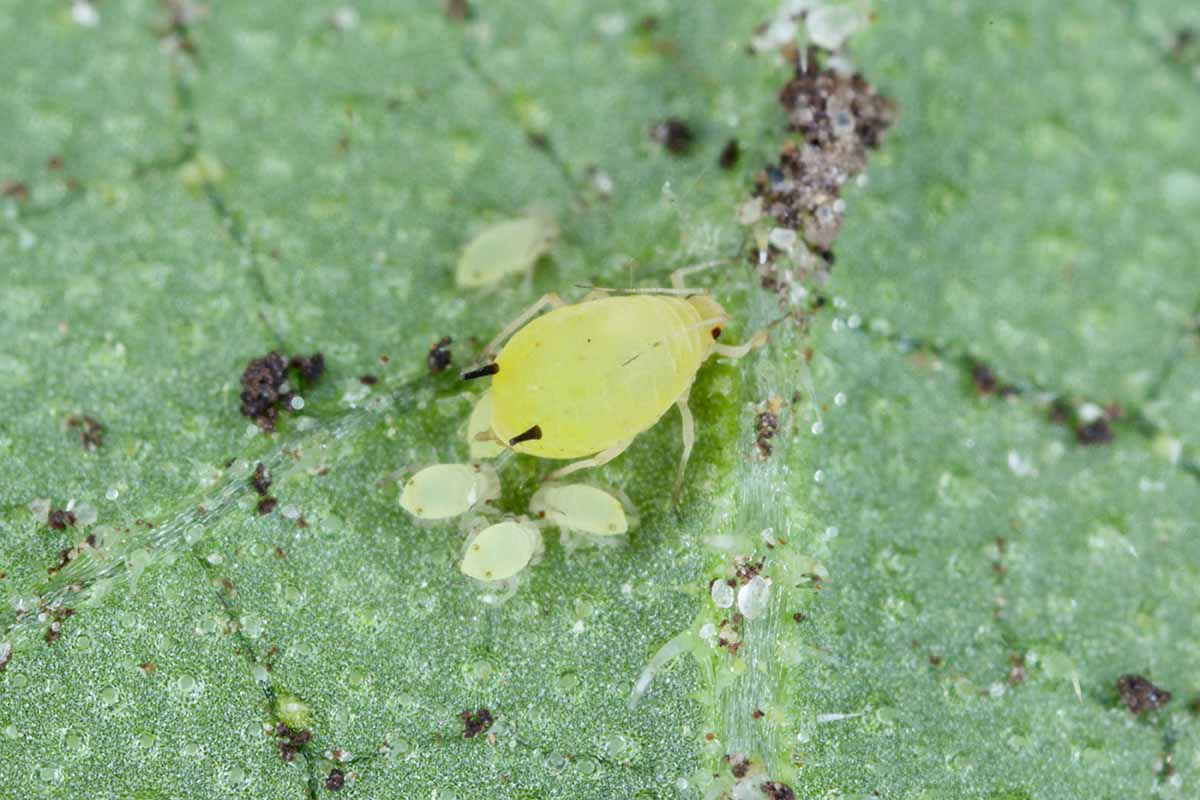
The overwhelming majority of the time, aphids aren’t something to fret a lot about.
For one temporary second, I as soon as thought that I had a critical aphid infestation once I got here exterior sooner or later and observed a number of leaves on my camellia lined in a black coating.
I believed for certain it was sooty mildew, which is a certain signal you have got a pest downside in your palms. Sooty mildew is drawn to the sticky, candy honeydew that aphids excrete as they feed.
Because it seems, the water gutter above the shrub had cracked, and soiled water had been leaking onto a few of the leaves for months. Not mildew in spite of everything!
Let that be a lesson for you: if there’s something funky occurring to your camellia, don’t instantly assume it’s pests! As I mentioned, camellias are marvelously untroubled by pests more often than not.
Nonetheless, aphids are widespread backyard pests, although they’ll often go to different crops earlier than they hassle with camellias. Basically, they keep on with younger specimens and new development, inflicting yellowing leaves and shoots.
Aphids are current in most gardens, they usually received’t grow to be an issue till their numbers explode or in case your camellia is already burdened.
For those who fear that your younger plant may be underneath assault or your backyard is out of whack, go to our information to combating aphids for some recommendation on the way to take care of the scenario.
2. Beetles
For those who see beetles in your camellia bush and see some notching on the leaves, it’s doable that black vine weevils (Otiorhynchus sulcatus), cambium curculios (Conotrachelus anaglypticus), cranberry rootworm beetles (Rhabdopterus picipes), Fuller rose beetles (Naupactus godmani), oval leaf beetles (Rhabdopterus deceptor and R. praetextus), or strawberry root weevils (Brachyrhinus ovatus) are paying your plant a go to.
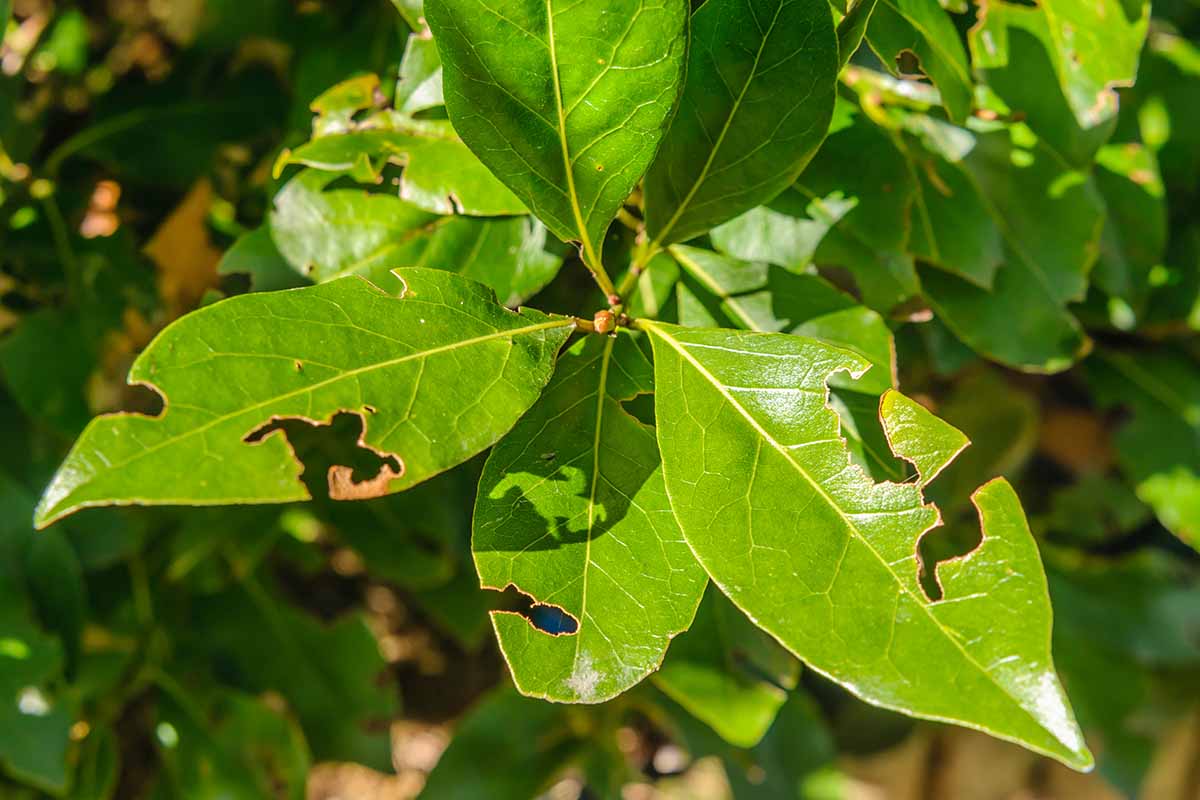
Black vine weevils wait till nighttime to strike. That’s when these half-inch-long black beetles come out and chow down on the foliage, leaving notches within the margins.
It’s type of ugly, nevertheless it’s hardly the top of the world should you see such a harm.
What might be the top of the world, no less than to your camellia, is the harm brought on by the weevil larvae.
The adults lay eggs within the soil, and when the larvae emerge, they feed on the roots and basal crown. This may stunt and even kill a plant.
The opposite beetles on this record largely keep on with consuming the foliage and don’t trigger main harm like black vine weevils can.
You possibly can often safely ignore them or handpick them (put on gloves!) to maintain the scenario underneath management.
No matter which selection you assume you’re seeing, learn our information to leaf-eating bugs that feed on camellias to learn to positively determine them and eliminate them.
I’ll provide you with a touch: helpful nematodes are about to grow to be your finest buddies.
Useful nematodes assault the larval stage of all of those beetles. And no larvae means no adults to eat your camellias.
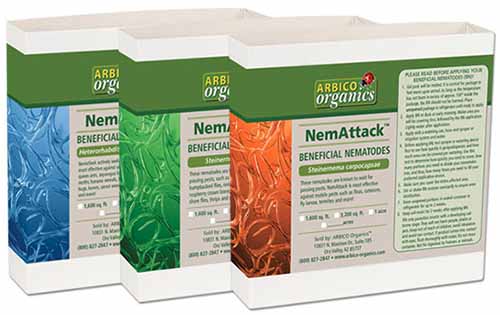
Triple Risk Combo Useful Nematodes
If you wish to get a head begin, order 5, 10, 50, 250, or 500 million dwell nematodes from Arbico Organics after which learn up on what you must do to use them when you watch for them to reach.
3. Mealybugs
Citrus mealybugs (Planococcus citri) and long-tailed mealybugs (Pseudococcus longispinus) are far more widespread in greenhouses, however you will notice them in sizzling, humid areas in gardens as nicely.
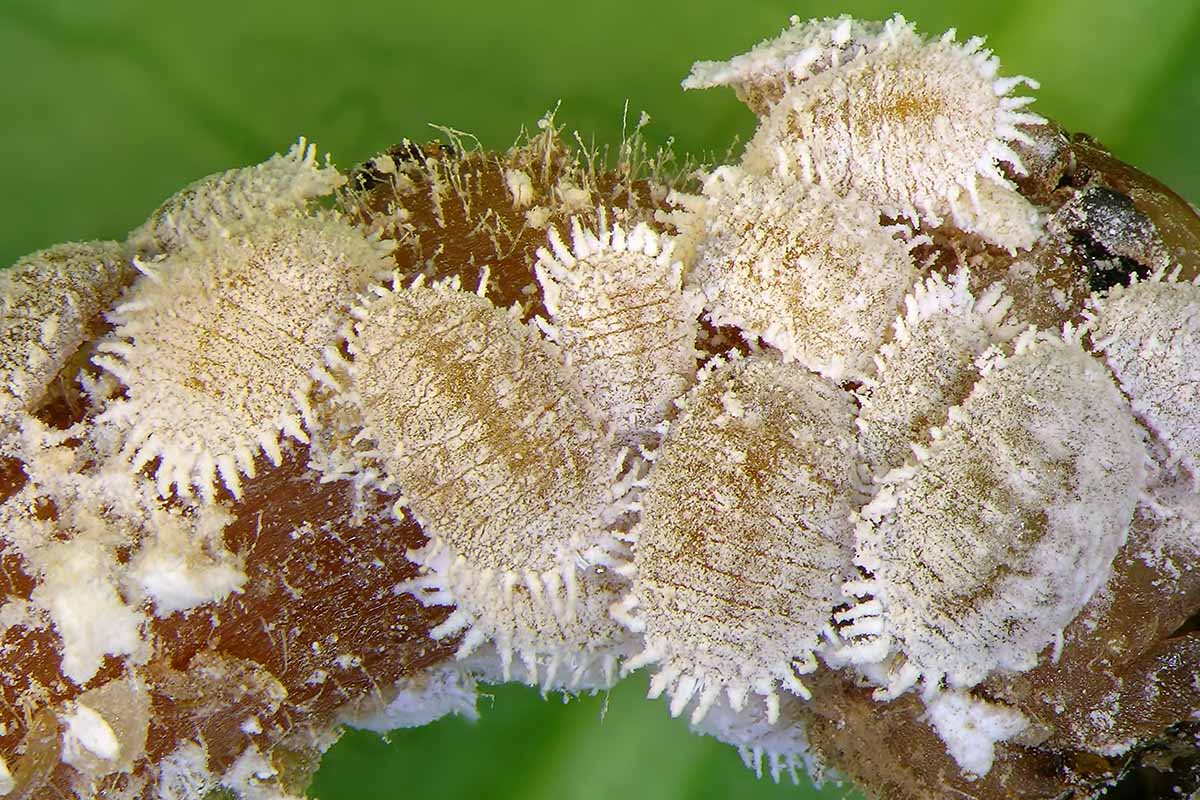
These bugs use their sucking mouthparts to feed on the sap contained in the stems and leaves. As they do, they drain and stress the plant, inflicting leaf yellowing and leaf drop.
These bugs are white with a fluffy, cotton-like coating that just about makes them appear like an indication of fungal illness somewhat than a pest. However pests they’re.
Insecticidal cleaning soap will make pretty fast work of them, however in order for you slightly extra in-depth data on the way to determine and management mealybugs, learn our information.
Wish to skip that and head straight to the insecticidal cleaning soap?
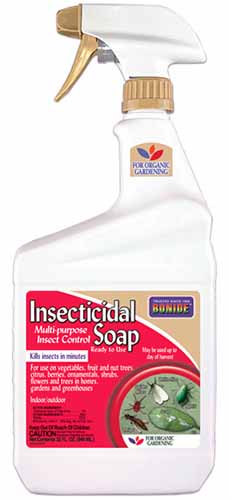
Bonide Insecticidal Cleaning soap
Seize a 12- or 32-ounce ready-to-use spray bottle at Arbico Organics and completely saturate the camellia, taking care to get underneath the leaves.
Do that on a peaceful day so that you don’t unintentionally hurt close by helpful bugs which might be simply minding their very own enterprise.
You’ll possible must repeat utility each few weeks till there are not any extra mealybugs current.
4. Mites
There are two kinds of mites that feed on camellias: gall (Cosetacus camelliae) and spider mites. They’re intently associated however trigger several types of harm.
Gall mites will not be the identical as leaf gall, a illness brought on by the fungus Exobasidium camelliae.
Gall mites, typically referred to as bud mites, are microscopic eriophyid mites that feed on growing buds.
Because of this, the infested camellia buds would possibly flip brown or die, or the flowers would possibly present bullnosing, which suggests infested buds may be gradual to type and open.
These mites are laborious to determine, however should you suspect your crops have them, learn our information to search out out what to do a few gall mite downside.
As for spider mites, these are these widespread, eight-legged, tiny little tick family members that spin webs throughout most of the crops that we develop in our gardens.
The purple spider mite (Tetranychus urticae), which is certainly purple, is by far the commonest.

These bugs like dry situations and are often discovered throughout the warmth of summer season, particularly in dry, sizzling areas.
You’ll in all probability discover a number of of them in your camellia all through the rising season.
It’s after they grow to be too quite a few that you just’ll begin to see signs like yellowing, drying leaves, and dying shoots.
For those who see signs you look intently at your plant, you would possibly see the webbing right here and there.
Don’t fear should you can’t see the mites themselves, they’re fairly small.
You would possibly discover our recommendations on coping with spider mites helpful.
Typically, it’s so simple as blasting them off with a stream of water from the hose each week. But when that doesn’t work, now we have loads of different concepts.
5. Scale
There are numerous kinds of scale bugs that assume a camellia bush is the bee’s knees.
There are armored scales like grasping (Hemiberlesia rapax), oleander (Aspidiotus nerii), and oyster shell (Lepidosaphes ulmi), and there are comfortable species like black (Saissetia oleae), brown (Coccus hesperidum), and inexperienced defend (Pulvinaria psidii).
There are even cottony camellia scale (P. floccifera) and camellia scale (L. camelliae), bugs which have advanced particularly to feed on camellias.

All of those look barely totally different and have barely totally different breeding habits, nevertheless it doesn’t actually matter which one is your unwelcome customer. You possibly can deal with all of them the identical.
However first, you must know whether or not what you’re seeing is really scale or some funky, bumpy illness or development.
Scale bugs wish to cluster on the undersides of leaves and alongside the stems. They’re oval-shaped or spherical and comparatively flat. Some have a cotton-like waxy coating, and others have a plain waxy coating.
Oyster shell scale appears like a bunch of teeny oysters have taken up residence in your plant.
Typically it’s important to get in actually shut and have a look at the bugs shut as much as notice that they’re, in reality, bugs. You would possibly even need to scrape some off with a butter knife so you’ll be able to have a look at them up shut.
When sufficient of them are round, you would possibly see some yellowing or drooping leaves, and the plant will simply look type of unhappy total.
When you’re assured in what you’re coping with, learn our information to this widespread backyard pest.
It should stroll you thru choices like introducing helpful predators corresponding to inexperienced lacewings.
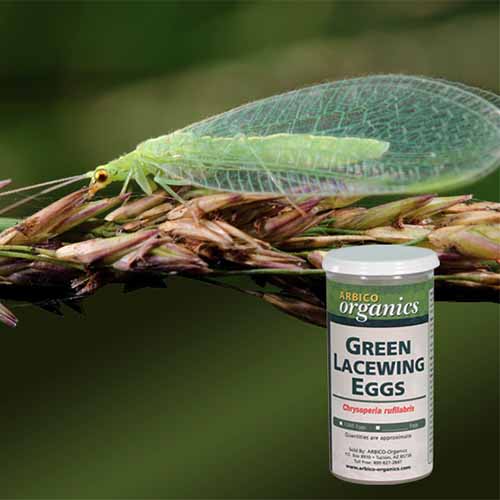
Inexperienced Lacewing Eggs
They make a fast meal out of scale and could be bought in portions of 1,000 to 1 / 4 million eggs at Arbico Organics.
Pruning, handbook elimination, and sure pesticides might help to manage an infestation, too.
A Pest-Free Floral Present
When you determine the pest you’re coping with and also you’ve gotten the scenario underneath management, make sure to look your camellia over nicely to ensure it hasn’t been weakened resulting from another subject.
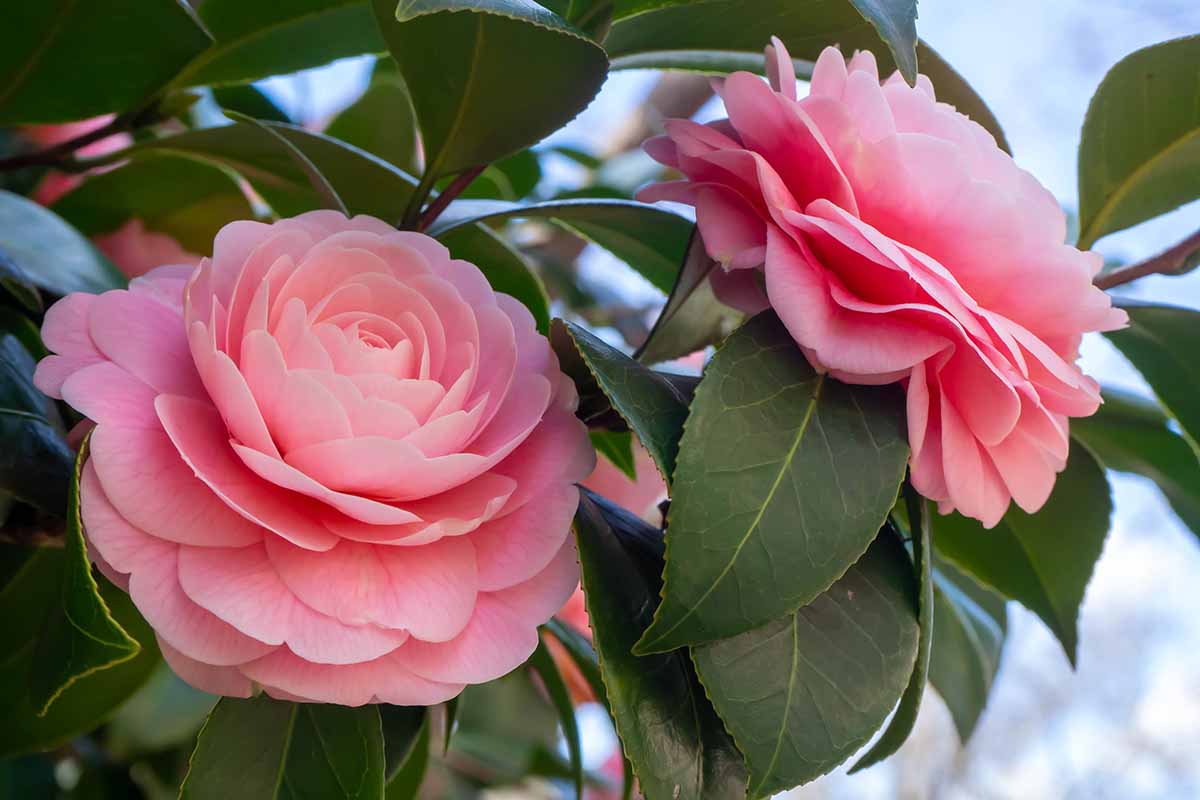
If every part appears good, your plant must be again to its wholesome, blissful self very quickly, and you may set free a sigh of aid.
What kind of pest do you assume you’re coping with? Are your camellias experiencing any further signs that we didn’t discuss right here? Do you want extra assist to determine what’s occurring? Tell us within the feedback, and we’d be blissful to help!
For those who’re able to proceed in your journey of rising camellias, now we have extra articles you would possibly need to try subsequent. Listed here are just some to get you began:
© Ask the Consultants, LLC. ALL RIGHTS RESERVED. See our TOS for extra particulars. Product pictures by way of Arbico Organics. Uncredited pictures: Shutterstock.
[ad_2]
Supply hyperlink